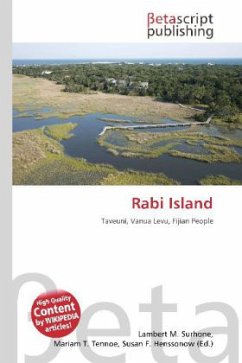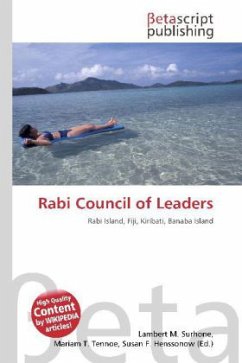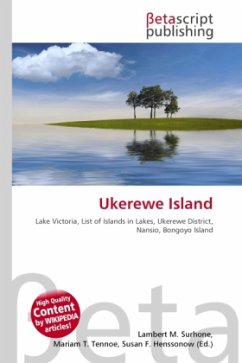Please note that the content of this book primarily consists of articles available from Wikipedia or other free sources online. Rabi is a volcanic island in northern Fiji. It is an outlier to Taveuni (5 kilometers west), in the Vanua Levu Group. It covers an area of 66.3 square kilometers, reaching a maximum altitude of 463 meters and has a shoreline of 46.2 kilometers. With a population of around 5,000, Rabi is home to the Banabans who are the indigenous landowners of Banaba Island; the indigenous Fijian community that formerly lived on Rabi was moved to Taveuni after the island was purchased by the Banabans. The original inhabitants still maintain their links to the island, and still use the Rabi name in national competitions. Rabi has four main settlements all named after, and populated by the descendants of, four villages on Banaba that were destroyed by the invading Japanese forces in the Second World War. Tabwewa Village, formerly known as Nuku in Fijian, is the administrative centre of Rabi.
Bitte wählen Sie Ihr Anliegen aus.
Rechnungen
Retourenschein anfordern
Bestellstatus
Storno








